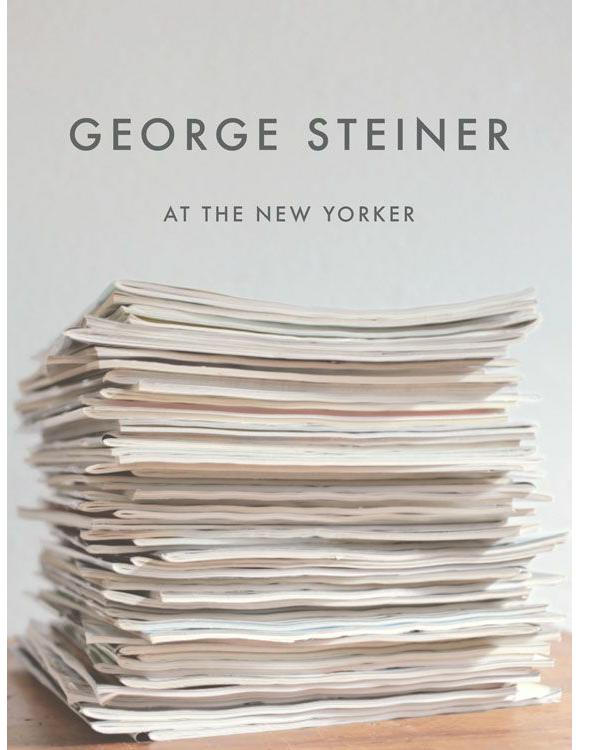
George Steiner at the New Yorker
کتاب های مرتبط
- اطلاعات
- نقد و بررسی
- دیدگاه کاربران
نقد و بررسی

February 2, 2009
Editor, author, and professor Boyers presents an important collection of work by author and social commentator George Steiner that first appeared in the pages of The New Yorker. Steiner's brilliance is revealed in every one of these essays, showcasing his vast topical knowledge alongside his deft ability to pin down the significance of history's most important people, events and ideas. Steiner hones in on figures often left in the background, such as Albert Speer, Hitler's architect and minister of armaments, who spent nearly 20 years in the prison Spandau. Steiner's 1983 examination of the George Orwell's 1984 is witty, detailed and authoritative, proving an insightful look at the novel's importance even after some 35 years of scholarly attention. Steiner's essays are each marvelously executed feats of synthesis, internalizing, interpreting and contrasting timeless events, literature and figures (including Graham Greene, Borges, chess playing and the OED). Steiner's intelligence and intuitiveness won't fail to impress, providing ample justification for his three decades as a powerful cultural critic.

January 1, 2009
Often criticized as elitist, Steiner wrote for the New Yorker between 1967 and 1997 on a broad array of topics, with evident depth of knowledge and an enthusiasm that is contagious to readers whether or not they are familiar with the subject. In this collection of 150 essays, Steiner puts art, literature, even chess into broader context, providing rich language and fine analysis. In an essay on Anthony Blunt, British art historian and Soviet spy, Steiner offers lessons on art history, an appreciation for all that goes into the craft, the tools and techniques as well as sensory awareness, then coolly goes on to detailBlunts treason, as ancient as whoredom. In 1984, Steiner examined George Orwells 1984, how and why it came to be so titled, its enduring significance, and the potential coercion of prophecy as Orwell put his signature and claim on a piece of time. The essays are organized according to topic: history and politics, writers and writing, thinkers, and life studies.This collection showcases Steiners depth of analysis andthethrill of sharing with readers.(Reprinted with permission of Booklist, copyright 2009, American Library Association.)

























دیدگاه کاربران